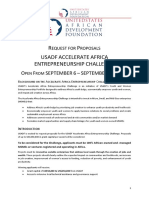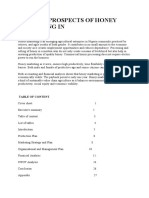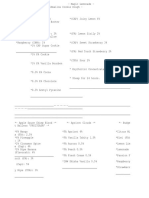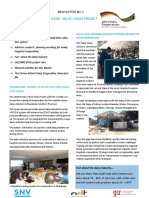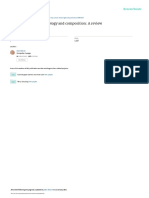0% found this document useful (0 votes)
137 views10 pagesApplication Form SL Agcelerator SLAPCP
The document is an application form for Sierra Leone's SL-Agcelerator program, which provides technical assistance to agro-processing SMEs. The program offers a 10-12 month business accelerator including training, coaching, mentoring and matching grants. Applicants must operate an agro-processing business in Sierra Leone and meet other eligibility criteria. The application requests information about the applicant's business model, products/services, customers, management experience and team to assess suitability for the program.
Uploaded by
Abubakarr SesayCopyright
© © All Rights Reserved
We take content rights seriously. If you suspect this is your content, claim it here.
Available Formats
Download as DOCX, PDF, TXT or read online on Scribd
0% found this document useful (0 votes)
137 views10 pagesApplication Form SL Agcelerator SLAPCP
The document is an application form for Sierra Leone's SL-Agcelerator program, which provides technical assistance to agro-processing SMEs. The program offers a 10-12 month business accelerator including training, coaching, mentoring and matching grants. Applicants must operate an agro-processing business in Sierra Leone and meet other eligibility criteria. The application requests information about the applicant's business model, products/services, customers, management experience and team to assess suitability for the program.
Uploaded by
Abubakarr SesayCopyright
© © All Rights Reserved
We take content rights seriously. If you suspect this is your content, claim it here.
Available Formats
Download as DOCX, PDF, TXT or read online on Scribd
/ 10

